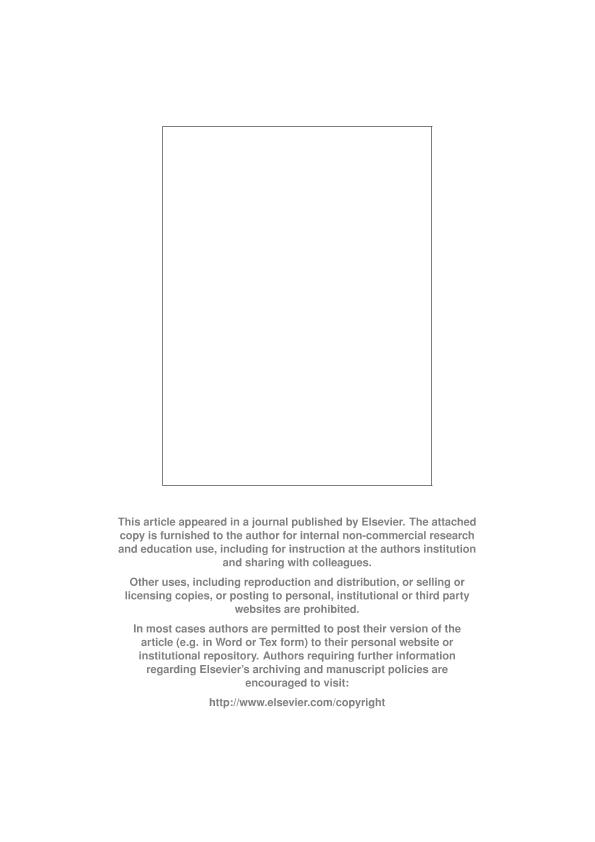Mostrar el registro sencillo del ítem
dc.contributor.author
Cesari, Silvia Nelida

dc.contributor.author
Busquets, Pedro
dc.contributor.author
Méndez Bedia, Isabel
dc.contributor.author
Colombo Piñol, Ferran

dc.contributor.author
Limarino, Carlos Oscar

dc.contributor.author
Cardó, Raúl
dc.contributor.author
Gallastegui, Gloria
dc.date.available
2019-01-16T20:16:31Z
dc.date.issued
2012-05
dc.identifier.citation
Cesari, Silvia Nelida; Busquets, Pedro; Méndez Bedia, Isabel; Colombo Piñol, Ferran; Limarino, Carlos Oscar; et al.; A late Paleozoic fossil forest from the southern Andes, Argentina; Elsevier Science; Palaeogeography, Palaeoclimatology, Palaeoecology; 333-334; 5-2012; 131-147
dc.identifier.issn
0031-0182
dc.identifier.uri
http://hdl.handle.net/11336/68162
dc.description.abstract
An anatomical and ecological study of a Late Pennsylvanian-early Permian assemblage of silicified trunks from the San Ignacio Formation of southern Andean Cordillera is detailed. This stratigraphic unit has been divided in three facies associations. The silicified trunks are abundant in the middle part of the facies association C (limestones, shales and volcanics) forming a persistent forested stratigraphic level. Anatomical information integrated with sedimentological data, has allowed reconstruction of a plant community that grew on the westernmost margin of Gondwana. The paleoforest grew in wetland environments, where a taphocoenosis of only permineralized trunks and stumps has been preserved. Based on characters of the stem and roots the trees are cordaitaleans, though distinct from other members of this group. Vascular traces exhibit tracheids arranged in circular patterns indicating auxin regulation of axial growth and probably the presence of epicormic shoots. These fossil trees also preserve anatomical evidence of plant-arthropod interactions and rootlets invading the decaying wood. Indistinct growth rings as well as additional indirect evidence indicate that this ecosystem experienced an overall humid, warm climatic regime.
dc.format
application/pdf
dc.language.iso
eng
dc.publisher
Elsevier Science

dc.rights
info:eu-repo/semantics/openAccess
dc.rights.uri
https://creativecommons.org/licenses/by-nc-nd/2.5/ar/
dc.subject
Anatomy
dc.subject
Gondwana
dc.subject
Late Paleozoic
dc.subject
Paleoecology
dc.subject
Trees
dc.subject.classification
Geología

dc.subject.classification
Ciencias de la Tierra y relacionadas con el Medio Ambiente

dc.subject.classification
CIENCIAS NATURALES Y EXACTAS

dc.title
A late Paleozoic fossil forest from the southern Andes, Argentina
dc.type
info:eu-repo/semantics/article
dc.type
info:ar-repo/semantics/artículo
dc.type
info:eu-repo/semantics/publishedVersion
dc.date.updated
2019-01-09T17:49:32Z
dc.journal.volume
333-334
dc.journal.pagination
131-147
dc.journal.pais
Países Bajos

dc.journal.ciudad
Amsterdam
dc.description.fil
Fil: Cesari, Silvia Nelida. Consejo Nacional de Investigaciones Científicas y Técnicas. Oficina de Coordinación Administrativa Parque Centenario. Museo Argentino de Ciencias Naturales “Bernardino Rivadavia”; Argentina
dc.description.fil
Fil: Busquets, Pedro. Universidad de Barcelona; España
dc.description.fil
Fil: Méndez Bedia, Isabel. Universidad de Oviedo; España
dc.description.fil
Fil: Colombo Piñol, Ferran. Universidad de Barcelona; España
dc.description.fil
Fil: Limarino, Carlos Oscar. Universidad de Buenos Aires. Facultad de Ciencias Exactas y Naturales. Departamento de Geología; Argentina. Consejo Nacional de Investigaciones Científicas y Técnicas; Argentina
dc.description.fil
Fil: Cardó, Raúl. Secretaría de Industria y Minería. Servicio Geológico Minero Argentino; Argentina
dc.description.fil
Fil: Gallastegui, Gloria. Universidad de Oviedo; España
dc.journal.title
Palaeogeography, Palaeoclimatology, Palaeoecology

dc.relation.alternativeid
info:eu-repo/semantics/altIdentifier/doi/http://dx.doi.org/10.1016/j.palaeo.2012.03.015
dc.relation.alternativeid
info:eu-repo/semantics/altIdentifier/url/https://www.sciencedirect.com/science/article/pii/S0031018212001551
Archivos asociados
